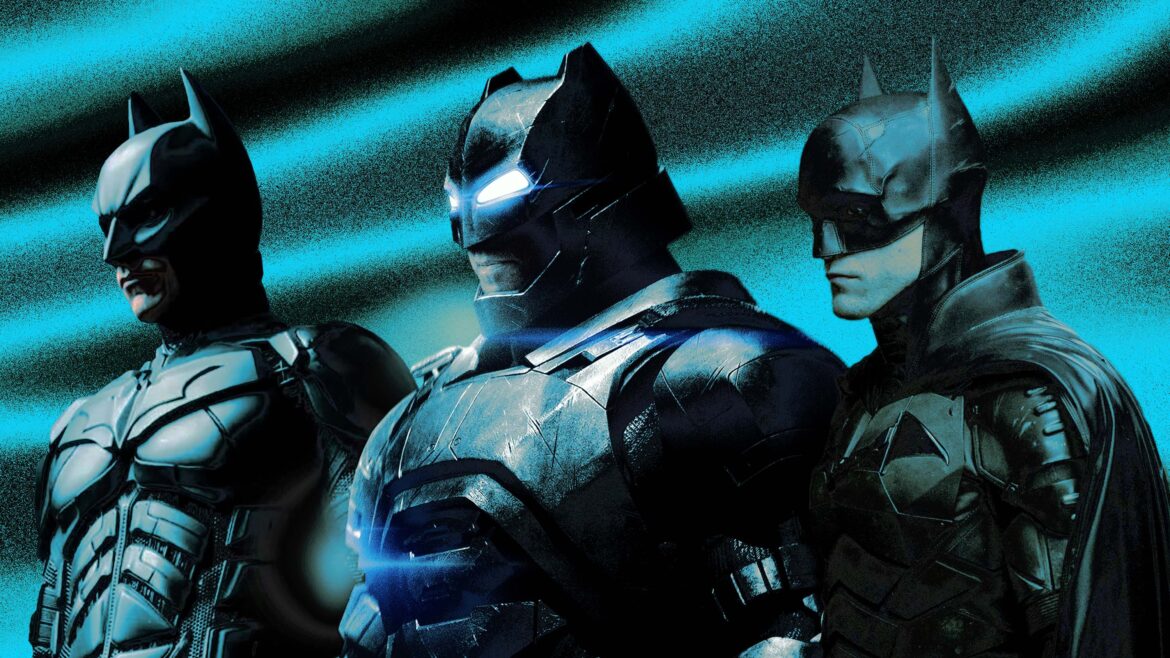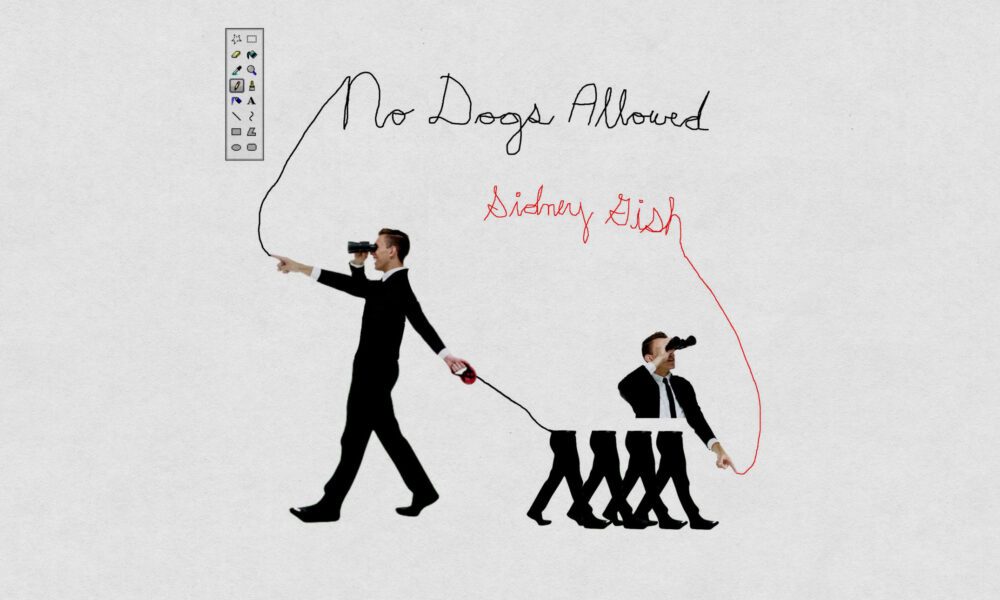Believe it or not, over ten Batman films have been released since 1966’s Batman: The Movie. These movies vary in quality, but the one constant they all share is a lack of understanding regarding the fundamental aspects of the Caped Crusader. Each of these movies pick and choose which pieces of the character to keep and which ones to gut, depending on what the film is going for.
In some respects, I understand this. When adapting a text for the big screen, compromises are bound to be made, as film is its own medium with its own distinct properties. While print media like literature can rely on exposition, films can’t due to the simple fact that they are visual above all else. Exposition in films needs to have a perfect balance in order to maintain audience interest throughout. Too little of it and you risk confusing the audience — too much and you may bore them. This is where the issues lie within most Batman films.
Batman is incredibly intelligent and calculating — to a point that it has earned him the title “the world’s greatest detective.” He is a sleuth before he is a fighter. The best Batman stories involve him piecing together a mystery through sheer intellect — good examples are The Long Halloween and The Killing Joke. Additionally, he has a strict code against the use of guns and killing people. This code is the only thing separating him from the criminals he fights and limiting his ability to fight back. While most other superheroes have weaknesses like glowing green rocks or magic, Batman’s rule is one he has instilled upon himself. He needs these fundamental traits — otherwise, he would drift too far from his original personality. Unfortunately, if you have only seen the films, you have likely seen a misrepresentation of the character.
Before addressing the many poor interpretations of Batman on the big screen, let’s start with the one that feels most in line with the source material. Matt Reeves’s recent film The Batman (2022) is a triumph in every regard. It is one of those rare movies — I genuinely have trouble finding something I disliked about it. From the cinematography to the script, this film is a tightly woven masterpiece that seems like it will only improve as time passes. The best thing about the movie is its interpretation of Batman — more specifically its commentary on the fundamentals of the character and how he is only one step away from turning into the criminals he fights.
The Riddler in this film takes Batman’s ideologies and approach to enact his plan, but lacks the code that keeps Batman from becoming a villain. This all culminates in a scene where one of the Riddler’s henchmen asks Batman who he is, to which he responds, “I’m vengeance,” initiating a reflection on his approach and what he represents to the Gotham populace. This film is a coming-of-age story for the character, as he must learn how to be a beacon of hope instead of fear. There are other aspects that make this interpretation the best on the silver screen, like Reeves’s commitment to making Batman a detective and maintaining the no-gun rule. It is all done with such love and precision that it never feels like exposition — rather, it is an extension of his character. It is clear that Reeves understands what makes this character so fascinating and keeps those aspects intact. Sadly, it seems Reeves is the only director who understands this.
Let’s discuss the unfortunate lack of the detective aspect in most Batman films. A lot of these movies are primarily action films with occasional thriller elements. The most famous series of Batman films — The Dark Knight trilogy — prioritize the character’s martial arts prowess over his detective skills. While not the worst skill to focus on, it makes the Caped Crusader seem much less intelligent when compared to his antagonist. In The Dark Knight, he is bested by the Joker several times due to his lack of detective work, to the point where the Joker kills his love interest Rachel and escapes prison. This focus on physicality also removes most of his agency within these stories, as he becomes reactionary to the antagonist. While this is not an inherently bad thing, the repetition leads the audience to believe that Batman is pretty dumb. This issue does not stop The Dark Knight from being amazing, but it did set the negative precedent for future Batman iterations to focus on action over everything else.
Batman v Superman has a myriad of issues but none as bad as its interpretation of the Caped Crusader. To get the obvious out of the way, Batman v Superman bases its characters and storyline off of the comics The Death of Superman and The Dark Knight Returns. (For our purposes, we will focus on his adaptation of The Dark Knight Returns).
The Dark Knight Returns is a subversion of the Batman most people know and love. This Batman is mentally broken and a lot more rugged than most other versions of the character. This was done to show how an old and withered Batman could function — even with the character’s struggles, he will always maintain the one thing that makes him Batman: his code. This is what separates the Caped Crusader in The Dark Knight Returns from the one in Batman v Superman.
On its surface, Zack Snyder’s interpretation of Batman seems to be ripped right out of The Dark Knight Returns. Everything — from the suit to the rugged nature of the character — is brought to life on the big screen. Unfortunately, the problem lies with everything else surrounding this interpretation. For starters, Snyder is introducing the audience to a version of Batman they haven’t seen before, and therefore have no real emotional connection to. The film does not give any backstory to the Dark Knight outside of his reaction to the finale of Man of Steel, which reinforces the belief that he is reactionary and has very little agency. Ben Affleck does his best, but he is given such little to work with due to the lackluster writing of the character. There are hints of past events that have led to this Batman, but that’s all we get. Robin’s death at the hands of the Joker is the most noteworthy — as it is referenced by a scene that includes Robin’s framed suit — but it’s never discussed by Batman or anyone else. This backstory should have been more explicit to better define him. An event like the death of Robin is very important in shaping the version of the character we see in The Dark Knight Returns, but in Batman v Superman, it is only given a passing reference, one so small that I managed to miss it on my first watch of the movie.
Even considering all the things the movie got right about its source material, Batman v Superman is still the worst Batman adaptation by a landslide. This is due to one simple fact — in this film, Batman breaks his fundamental code. Throughout the movie, we witness Batman use guns and murder people in cold blood consistently. Batman kills 21 people in Batman v Superman — smashing people’s heads against the wall and driving the batmobile through a car full of people after shooting them with a minigun. In the past, people have died due to Batman’s involvement, but none of them were killed directly at his hands. The film displays this brutal and visceral version of Batman in a way that goes against the fundamentals of his character.
I am an advocate for changing aspects of source material when adapting it for a different medium. Sometimes you cannot include every aspect of a work and that’s when new versions are born. Compromises must be made to ensure the adaptation fits the standards of its format. But if you lack a clear understanding of the source material, those compromises can become unforgivable changes, and such changes without purpose or understanding of the subject can ruin any adaptation. For decades, audiences have believed that the Caped Crusader is just some rich guy who fights crime, completely misinterpreting who he is. But can you blame them? After all, it took 56 years to get an accurate version of Batman on the big screen.




Comments are closed.